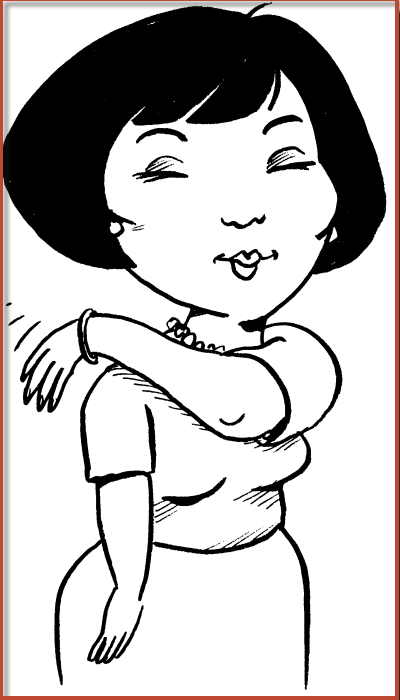15 March 2015
When we extract a “fact” from a source and we cite that source in our research notes, we feel so virtuous, don’t we? Our inner self reaches out and pats us on the back. “Atta girl! Way to go! Keep up this good stuff!”
Truth it, citing sources doesn’t mean we’re good researchers. It means we’re trying. It may mean we’re careful note takers. But all those assertions we extract from records are not “facts” and a citation does not prove anything. An assertion is often speculation. It’s often hearsay. More often than we’d like, it’s a fabrication, a confused recollection, or a total misidentification.
When we extract an assertion from a record and offer a citation as “proof,” if that’s all we do, then we’re leapfrogging over two critical steps: identification and verification. Most researchers with some experience are aware of the second need. Textbooks and public forums both caution us to confirm any and every assertion by finding additional, independent sources that support it (although we may be fuzzy about what constitutes independence). What is missed, all too often, is the most important issue of all: identification.
In our study of human lives, when we encounter the name we seek, when we extract facts from the relevant documents and attach a citation—or the document itself—to our file for that person, we have not proved anything. A name on a census or a court record is not proof of identity. It’s not proof that our person-of-interest was a farmer or a merchant. It’s not proof that a woman was a respectable widow or a fille de joie. A line on a census or a charge in a court case offers only a written name with details attached. It is still up to us to prove that the person of that record is the same as our person-of-interest.
CLIPART CREDIT: "Self Pat on Back," Pixgood.com (http://pixgood.com/self-pat-on-the-back.html : downloaded 7 March 2015).
Corroborative Details
This pointer speaks to one of the core elements in drawing genealogical conclusions.
It is sometimes shocking to find how often an article in a very respected journal, used by Famous Author as example in a methodological lecture or book, contains repeated "same name = same person" assertions, erroneous description of certain tax assessment rolls, and other mistakes that should have been corrected with the assistance of a keen-eyed and unbiased editor. At times eliminating the mistakes would at least partly dissolve the author's argument.
Thank you for homing in on this.
Thanks for the reminder, Jade
Thanks for the reminder, Jade. We all need to be more vigilant. Yes, it's humanly impossible to redo all work by everybody—and, I suspect, many lecturers cite an article for a certain methodology used therein, without intending to put an imprimatur on every aspect of the work—but any time our own conclusion rests on assertions in a derivative source, we're derelict not to verify the accuracy of what we're using.